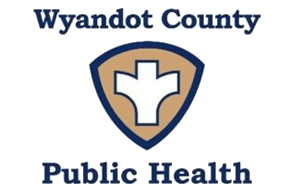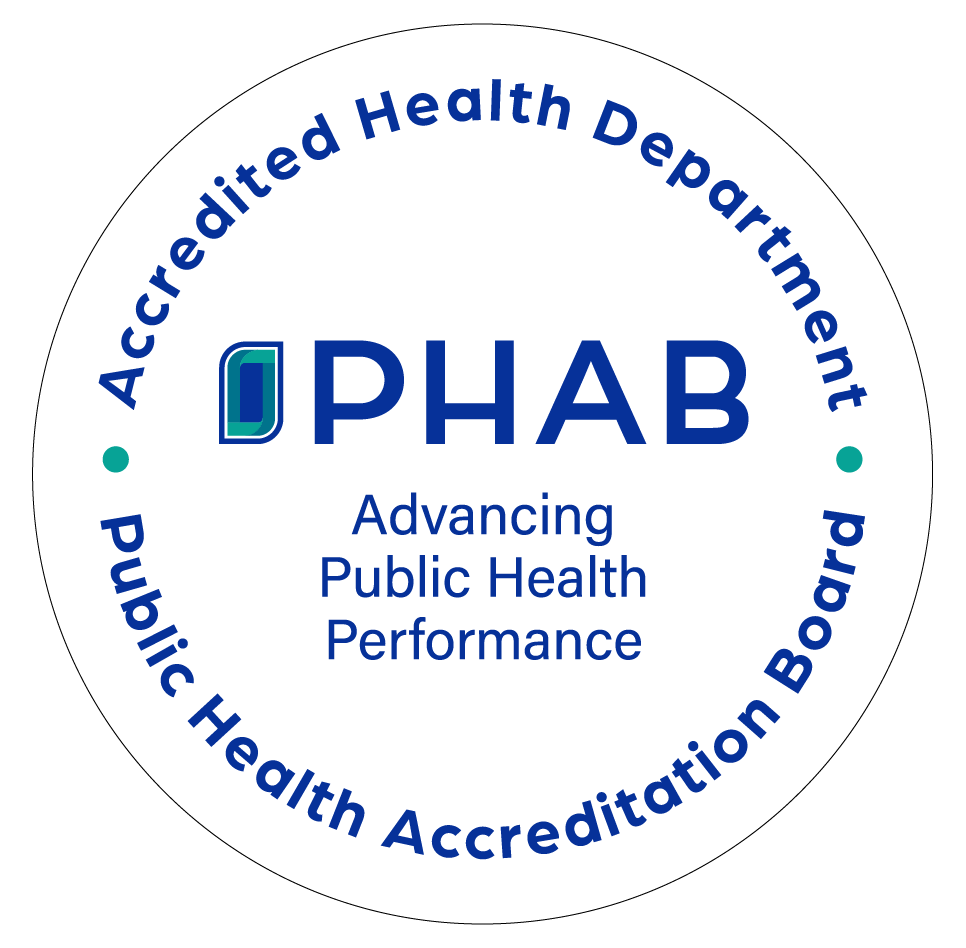Measles, a disease that could (and should) be eradicated, has begun to show a resurgence. The reason; lack of vaccination. The Washington Department of Health reports that in one of their counties (Clark), nearly 1 in 4 kindergarten students during the 2017-18 school year did not get all their immunizations. And in 3 of the schools in the county, more than 40 percent of kindergartners did not receive all recommended shots before starting school. Now we are seeing the consequences of the decision to not routinely immunize. There is an ongoing outbreak of measles in Clark County with at least 53 people having developed the infection which has led Washington state to declare a public emergency. Parents are reacting to the outbreak by vaccinating their children. The Washington State Health Department says about 530 people were immunized against measles in the Clark County area last January. This January, there have been more than 3,000 immunizations. While the increase in vaccinations administered is impressive, it is a travesty that children have to become ill, and possibly die, to remind people of the importance of vaccines.
Measles is a viral infection typically spread by direct contact with infectious droplets (i.e. from sneeze or cough). However, the virus can remain infectious in the air for up to two hours after the infected person has left the area, meaning a person can have no direct contact with the infected person and still become ill if not immune. Measles is so contagious that, if susceptible, 90% of those who are in contact with an infected person will become infected.
Humans are the ONLY natural host of measles. Thus, it is an infection ideally suited to eradication through vaccination. And, we almost achieved the goal. With a greater than 99% decrease in the reported incidence of measles since the introduction of the measles vaccine in 1963, an expert panel in 2000 unanimously agreed that measles no longer was endemic in the United States. However, over the past 10 years, we have seen numerous outbreaks of measles, all of which have occurred primarily among unvaccinated people. As many may recall, in Ohio in 2014 there was an outbreak of 383 cases of measles, occurring primarily among unvaccinated Amish communities. It appears that the outbreak started from members of the community acquiring measles in the Philippines and unknowingly bringing the infection back to the United States.
The measles-mumps-rubella (MMR) vaccine is recommended for children at 12 to 15 months of age, with a follow up dose given between 4 and 6 years of age. The vaccine is highly effective. In people who have received the two dose series; there is a greater than 95% rate of protection against developing measles. Said in another way, if a vaccinated child is exposed to measles, less than 5 in 100 will develop the infection as compared to the 90 in 100 of unvaccinated people who will become infected after exposure.
Luckily, many providers have not seen a case of measles and we hope to keep it that way. However, due to the recent increase in cases, we thought it would be good to send a reminder about the infection. The typical incubation period of measles is 8 to 12 days. Initial symptoms include cough, fever, sneezing and red or watery eyes. The disease culminates with the tell-tale indicator of a full body rash. A hallmark of the rash is that it starts around the hairline and then spreads to the rest of the body. The rash resolves in the same pattern and often is accompanied by a fine desquamation.
An important fact, and one that enhances spread of the infection, is that people are contagious up to 4 days before and 4 days after the rash appears. Thus, people can pass along the infection before it is recognized that they have measles. We still have no good treatment for the infection. While most people will recover from measles without complications, the infection can be very serious. In fact, according to the Centers for Disease Control and Prevention (CDC); One to two of every 1,000 children exposed to measles will die from complications of the infection. Another 1-2 per 1000 children will suffer permanent brain damage.
In an outbreak setting, for those at risk of acquiring measles the following is recommended; 1) vaccination with MMR if within 72 hours of exposure (Even if past this time point, vaccination is reasonable as would protect against subsequent exposures), 2) Intramuscular immunoglobulin if given within 6 days of exposure. If you have a child who is susceptible to measles and has not or cannot receive the vaccine, isolation from all other individuals is suggested until 21 days after the onset of rash in the last affected individual. Parents should be reminded that schools may choose to not allow children unvaccinated against measles to attend school until the outbreak has ceased. Those who have been exposed to measles and are at risk for severe illness and complications but cannot receive the MMR vaccine (for example, those with an immune deficiency) should receive immunoglobulin, a blood product that has antibodies to measles virus.
-Dr. Rebecca Brady, MD, FAAP and Dr. Robert Frenck, Jr., MD, FAAP
Information published with permission from Ohio Chapter of the American Academy of Pediatrics February 2019 Whale’s Tales, a periodic newsletter written for MOBI and TIES trainers.

